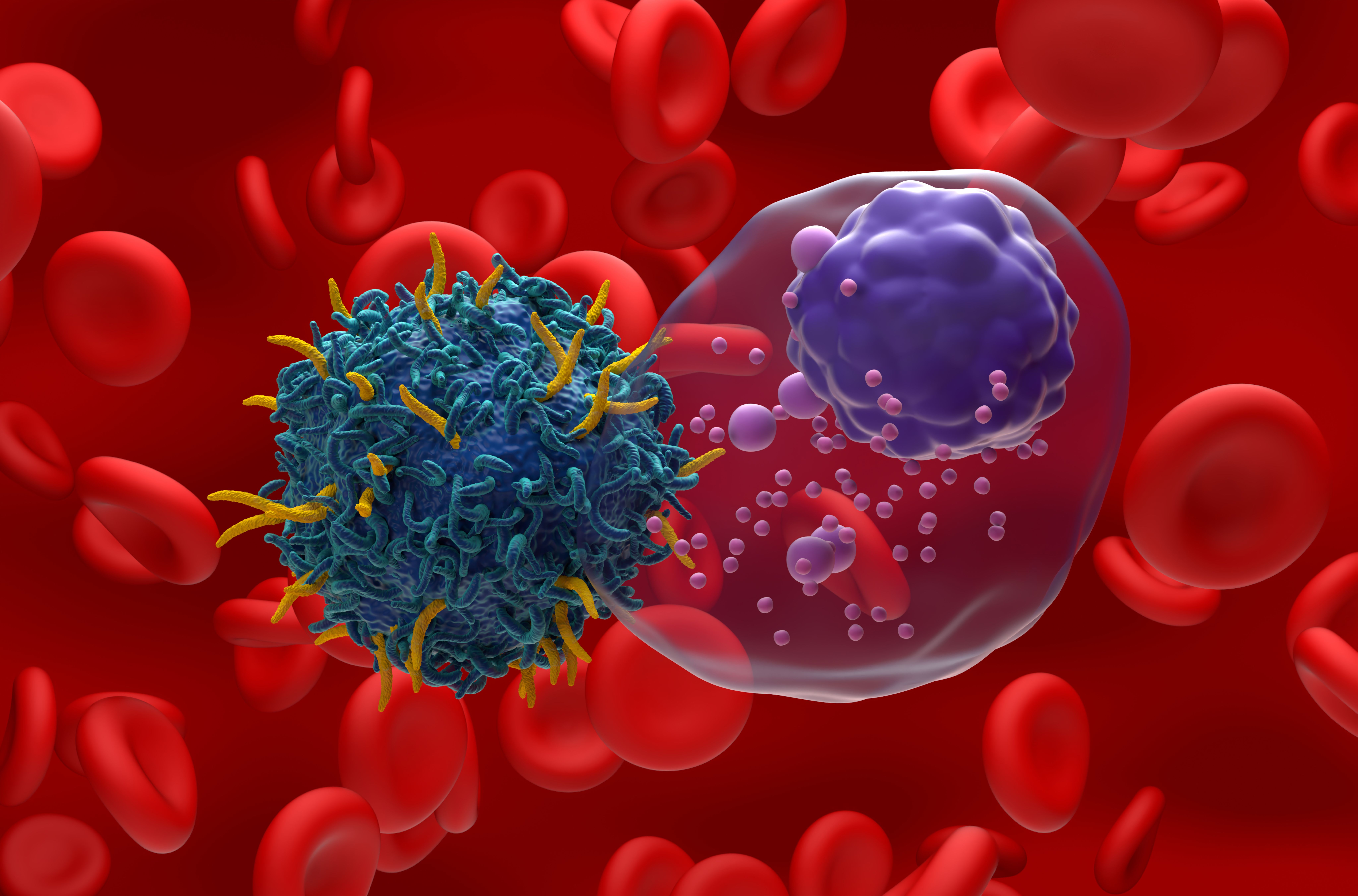- Center on Health Equity & Access
- Clinical
- Health Care Cost
- Health Care Delivery
- Insurance
- Policy
- Technology
- Value-Based Care
Different Cost-Effectiveness Models of CAR T Yield Similar Results
Investigators said the unique features of chimeric antigen receptor (CAR) T-cell therapy may warrant novel approaches to cost-effectiveness analysis.
Factors such as wait time can substantially impact the cost effectiveness of chimeric antigen receptor (CAR) T-cell therapy, a new report shows.
Still, the authors of the new report said 3 different models of cost effectiveness all had roughly the same result: the cost per quality-adjusted life year (QALY) for patients who received the tisagenlecleucel (Kymriah) CAR T-cell therapy was just shy of $100,000.1 The study was published in PharamcoEconomics.
Varying CAR-T therapy models are similarly cost effective, report finds | image credit: LASZLO - stock.adobe.com

CAR-T therapy has been a paradigm-shifter in a number of different ways, noted corresponding author Amy Gye, MPH, of the University of Technology Sydney, in Australia, and colleagues. In particular, the therapy comes with high upfront costs, a complex manufacturing process, and extensive administrative legwork, they wrote. Those unconventional features mean conventional cost-effectiveness modeling approaches may not be suitable, they said.
Three types of modeling, partitioned survival modeling (PSM), state-transition modeling (STM), and discrete event simulation (DES), offer different ways of analyzing patients’ health states—such as progression-free survival or progressive disease—as a component of cost effectiveness. Gye and colleagues wanted to see whether the use of different modeling approaches might elucidate important considerations when considering the cost of CAR-T for a particular patient.
The authors used each model to compare the costs and benefits of CAR-T therapy versus standard care in a young population with acute lymphoblastic leukemia (ALL). In this analysis, blinatumomab (Blincyto) was used as the comparator therapy. After completing their analysis, the investigators found that the cost per QALY ranged from $96,074 to $99,625.
“Our base-case analyses showed reasonable consistency in results across the STM, PSM, and DES models in terms of benefit and costs for tisagenlecleucel and blinatumomab,” Gye and colleagues said.
However, the investigators said a sensitivity analysis showed that the assumption of the point at which a cure was assumed, the duration of intravenous immunoglobulin use, and the wait time for CAR-T therapy were the most important factors in cost effectiveness. Only the DES model factored in wait time to CAR-T, and the investigators said that factor substantially reduced the benefit of CAR-T when the wait time was extended. It can take weeks for a patient’s CAR-T therapy to be produced, and the wait time can be lengthened significantly in cases of manufacturing errors or transportation delays.
“DES was the only model to explicitly model infusion wait time using external OS (overall survival) data to model outcomes for patients when wait time was increased/decreased,” Gye and colleagues said. While waiting for their therapy, patients could experience adverse events, manufacturing failures, or die, they noted.
“The role of resource constraints and wait times is growing in importance when evaluating cell therapies, especially as these treatments move to earlier points within care pathways with larger patient populations,” they wrote.
Gye and colleagues said the flexibility of DES to deal with complex elements of CAR-T may make it a particularly useful option for CAR-T modeling.
The investigators said their results also appeared to validate their previous report that examined the impact of an outcome-based payment arrangements (OBA) on cost effectiveness.2 That report, published in 2022, found OBAs had a “modest” effect on the incremental cost-effectiveness ratio when response rates varied. This new report likewise found OBAs had a modest impact on cost effectiveness.1
However, they added that more work is needed to discern the best criteria and models for evaluating CAR-T’s cost effectiveness. In addition, they said the findings in this report may not necessarily transfer to technologies beyond CAR-T.
“Ultimately, determining the most appropriate model structure will require longer-term data to assess the true predictive value of each model,” they concluded.
References:
- Gye A, De Abreu Lourenco R, Goodall S. Different models, same results: considerations when choosing between approaches to model cost effectiveness of chimeric-antigen receptor T-cell therapy versus standard of care. Pharmacoeconomics. Published online September 7, 2024. doi:10.1007/s40273-024-01430-7
- Gye A, Goodall S, De Abreu Lourenco R. Cost-effectiveness analysis of tisagenlecleucel versus blinatumomab in children and young adults with acute lymphoblastic leukemia: partitioned survival model to assess the impact of an outcome-based payment arrangement. Pharmacoeconomics. 2023;41(2):175-186. doi:10.1007/s40273-022-01188-w
